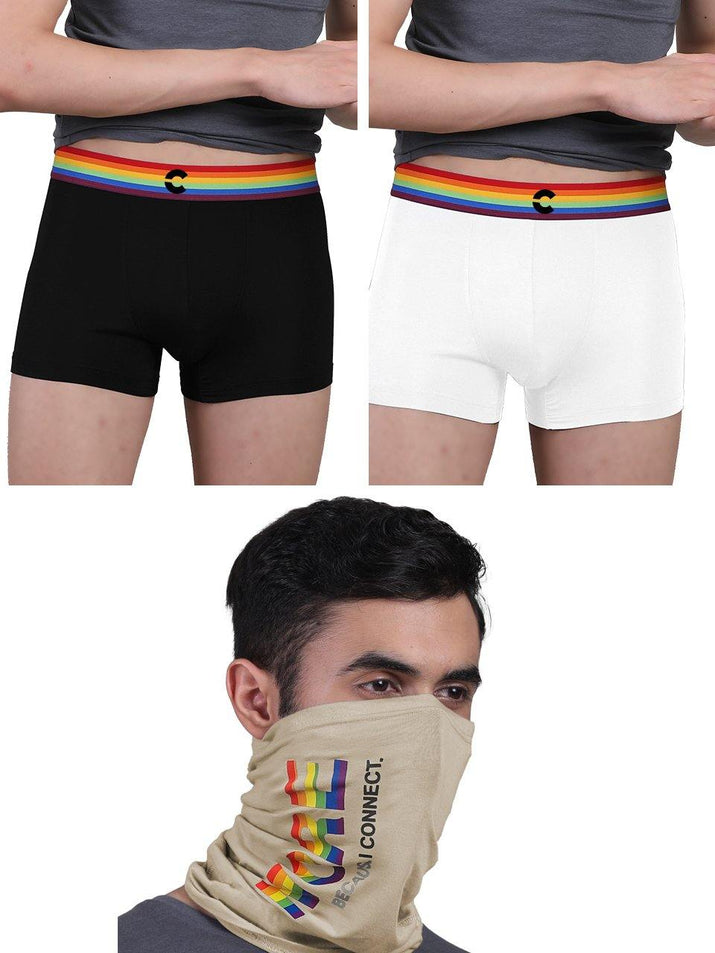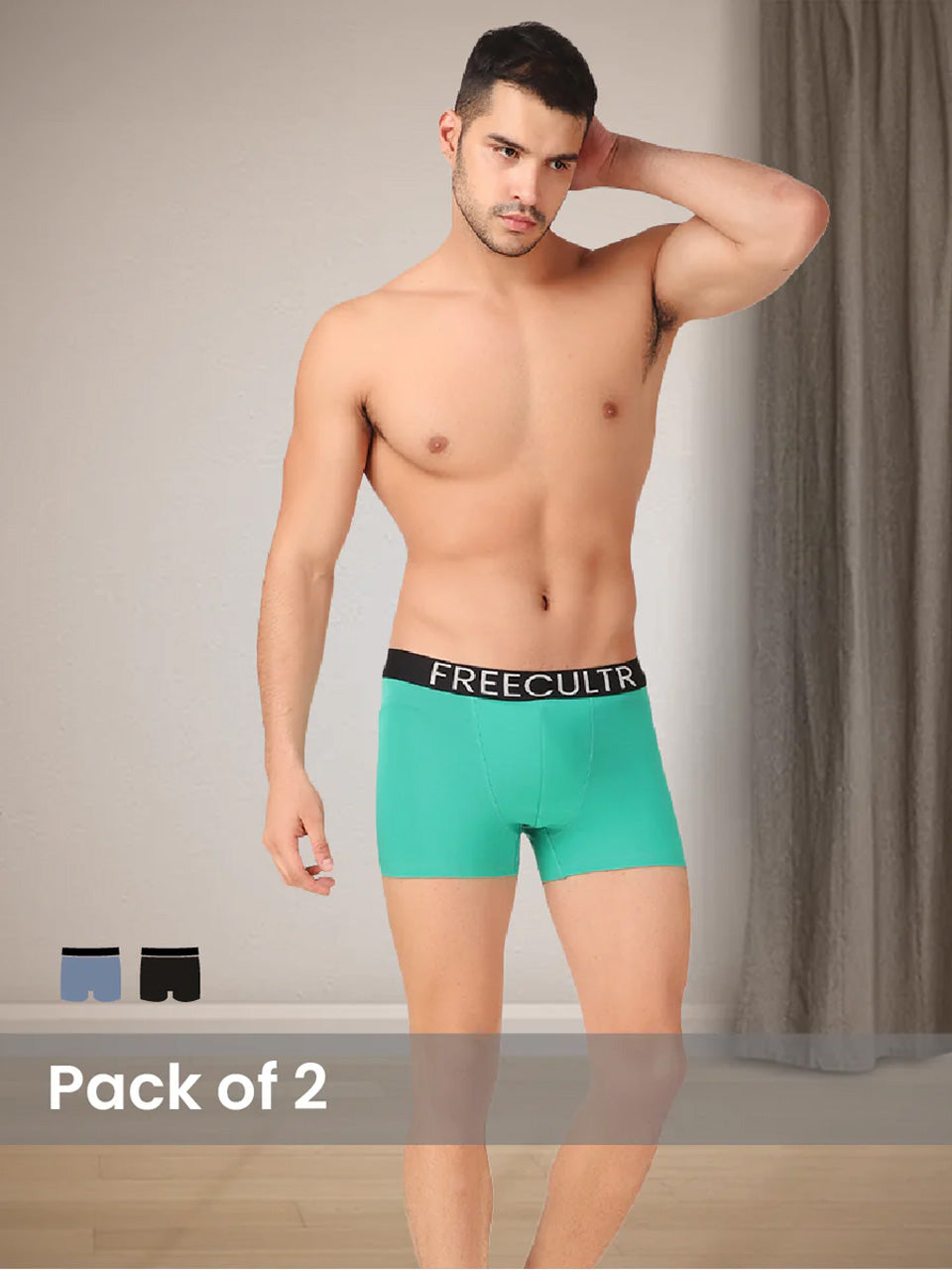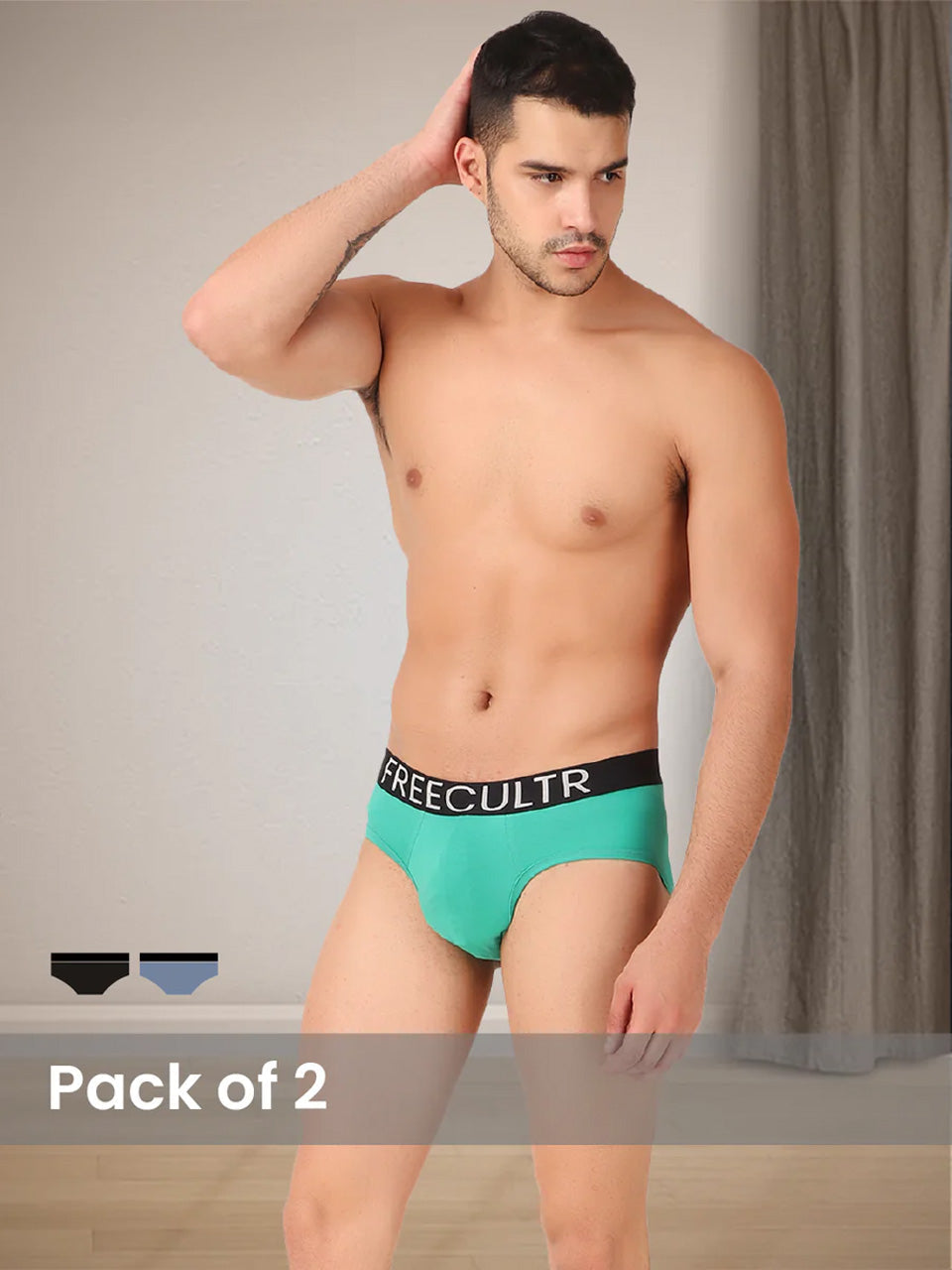Beyond a mere stylistic accent, the bandana for men embodies a potent blend of rugged utility and authentic appeal. Historically, its practical applications were paramount, serving laborers and adventurers for tasks ranging from sweat absorption in scorching heat to dust filtration on arid plains. Today, this versatile accessory experiences a significant resurgence within modern menswear, driven by a renewed appreciation for functional workwear aesthetics and unpretentious utility. From protecting motorcyclists against wind and debris to providing essential sun coverage for outdoor enthusiasts, the bandana offers tangible benefits. It simultaneously injects a distinct, masculine edge into an ensemble, solidifying its status as an indispensable item for the discerning man seeking both practicality and an effortlessly cool aesthetic.

The Enduring Appeal of the Bandana for Men: A Timeless Accessory
The bandana, a seemingly simple square of cloth, holds a surprisingly rich history and versatile appeal, particularly for men seeking to blend rugged utility with distinctive style. Far from being a mere fashion fad, this humble accessory has transcended its origins to become a staple in various subcultures and practical applications. Its enduring presence in men's wardrobes speaks volumes about its adaptability and symbolic resonance.
At its core, a bandana is typically a square piece of fabric, most commonly cotton, though other materials like silk or synthetic blends are also used. Historically, bandanas emerged as practical items for laborers, cowboys. soldiers, serving purposes ranging from dust masks to sweatbands. The term itself is believed to originate from the Hindi word "bandhana," meaning "to tie." This etymology underscores its fundamental utility: something that can be tied or worn in multiple ways.
The patterns and colors of bandanas often carry cultural significance or historical associations. The classic paisley pattern, for instance, has roots in Persian and Indian design, becoming iconic in Western fashion during the 18th and 19th centuries. Red and blue bandanas are perhaps the most recognizable, often associated with workwear, biker culture, or American heritage aesthetics. Understanding this historical context helps appreciate why the bandana for men continues to be a powerful, often understated, style statement.
Styling the Bandana for Men: From Utility to Fashion Statement
One of the primary reasons for the bandana's lasting popularity among men is its incredible versatility in styling. It's an accessory that can subtly enhance an outfit or make a bold statement, depending on how it's worn. The key lies in understanding the various methods of wearing a bandana and how each contributes to a specific aesthetic.
- Around the Neck (Neckerchief or Scarf) This is arguably one of the most classic ways to wear a bandana for men. It can be folded into a narrow band and tied simply around the neck for a casual, rugged look reminiscent of cowboys or vintage workwear. Alternatively, a larger, more loosely tied bandana can add a touch of bohemian flair or European chic, especially when paired with a simple t-shirt or an open-collared shirt. This style also offers practical benefits, such as protecting the neck from sun exposure or absorbing sweat.
- On the Head (Headband or Head Wrap) For active men or those seeking a utilitarian edge, wearing a bandana as a headband is highly functional. It keeps hair out of the eyes, absorbs sweat during physical activity. can even offer a degree of sun protection for the scalp. This method is popular among athletes, motorcyclists. outdoor enthusiasts. When worn as a full head wrap, it evokes a more defiant or counter-cultural image, often seen in biker or rock subcultures.
- On the Wrist Tying a bandana around the wrist is a simple yet effective way to add a pop of color or texture to an outfit. It's a casual, effortless look that can complement a variety of styles, from streetwear to a relaxed weekend ensemble. This method also keeps the bandana easily accessible for quick practical uses, like wiping sweat or cleaning glasses.
- In the Pocket (Pocket Square Alternative) While traditionally associated with formal wear, a bandana can serve as a more casual, rugged alternative to a conventional pocket square. Tucked into the breast pocket of a denim jacket, a chore coat, or a casual blazer, it adds a touch of personality and color, breaking up the monotony of an outfit. This application highlights the bandana's ability to bridge the gap between utility and subtle sartorial detail.
- Around a Bag or Belt Loop For those who prefer not to wear the bandana directly on their person, attaching it to a backpack, messenger bag, or even a belt loop is a popular choice. This not only adds a decorative element but also keeps the bandana handy for impromptu use without occupying pocket space.
When selecting a bandana for men for styling purposes, consider the overall color palette of your outfit and the desired aesthetic. Classic red, navy, or black bandanas with traditional paisley patterns offer a timeless, rugged appeal. More vibrant colors or unique patterns can introduce a contemporary or artistic touch. The material also plays a role; cotton offers a matte, casual look, while a silk bandana might lean towards a more refined or deliberate fashion statement.
Practical Applications of the Bandana for Men in Real-World Scenarios
Beyond its aesthetic contributions, the bandana for men shines brightest in its practical utility. Its simple design belies a multitude of functional uses, making it an indispensable item for outdoor activities, travel, emergencies. everyday convenience.
- Sweat Absorption and Management This is perhaps the most common practical use. Whether you're working outdoors, hiking, cycling, or engaged in any physical activity, a bandana worn around the head or neck effectively absorbs sweat, keeping it out of your eyes and off your face. This prevents discomfort and maintains clear vision.
- Protection from Elements A bandana can serve as a makeshift barrier against various environmental factors.
- Sun Protection When worn over the head or neck, it provides a layer of defense against harmful UV rays, helping to prevent sunburn.
- Dust and Wind Mask In dusty environments or during windy conditions, wrapping a bandana over the nose and mouth can filter out particulate matter and protect the face from harsh winds, crucial for activities like motorcycling or working in construction.
- Cold Weather Layer While not as insulating as thicker fabrics, a bandana can add a thin layer of warmth around the neck or face in moderately cool conditions, preventing wind chill.
- Hair Management For men with longer hair, a bandana is excellent for keeping strands tidy and out of the way during work, sports, or just on a windy day. It can be tied as a headband or a full head wrap to secure hair effectively.
- Emergency First Aid In a pinch, a clean bandana can be a lifesaver.
- Tourniquet It can be folded and tied tightly to serve as a makeshift tourniquet to control severe bleeding in an emergency.
- Bandage/Sling It can be used to cover wounds, provide pressure, or even fashioned into a sling to support an injured arm.
- Cold Compress Soaked in cold water, it can be applied to reduce swelling or cool down a feverish brow.
- Makeshift Filter In survival situations, a bandana can be used to pre-filter murky water before boiling or further purification, removing larger sediments.
- Signaling Device A brightly colored bandana can be waved as a signal for help in an emergency situation.
- Carrying or Cleaning Tool A bandana can be used to carry small foraged items, wipe down dirty surfaces, clean glasses or camera lenses, or even serve as a pot holder around a campfire.
The sheer number of practical uses for a bandana underscores why it remains a favorite among men who value preparedness and functionality. It's a testament to the idea that sometimes, the simplest tools are the most effective.
Choosing the Right Bandana for Men: Quality and Material Considerations
Selecting the ideal bandana for men involves more than just picking a color or pattern. Understanding the different materials, sizes. quality indicators can significantly impact its comfort, durability. suitability for various uses. Investing in a quality bandana ensures it will stand up to repeated use and washing, maintaining its appeal and functionality over time.
| Material | Characteristics | Best For |
|---|---|---|
| Cotton | Most common; breathable, absorbent, soft, durable, easy to wash. Can be prone to wrinkling. | Everyday use, sweat absorption, general utility, rugged aesthetic. |
| Silk | Luxurious, smooth, lightweight, less absorbent than cotton, drapes elegantly. Requires delicate care. | Fashion statements, adding a touch of sophistication, less for heavy utility. |
| Linen | Highly breathable, strong, absorbent, dries quickly. Tends to wrinkle easily and can feel coarser than cotton. | Hot weather, light utility, natural aesthetic. |
| Polyester/Blends | Durable, quick-drying, often wrinkle-resistant, can be less breathable than natural fibers. | Sports, specific performance needs (e. g. , moisture-wicking), vibrant prints. |
For most practical and rugged applications, 100% cotton remains the preferred choice for a bandana for men due to its excellent absorbency, breathability. durability. Look for cotton that feels soft but substantial, indicating good quality fabric that will hold up well.
Standard bandanas typically measure around 22x22 inches (55x55 cm). This size is highly versatile for most applications, from tying around the neck or head to folding into a pocket square. Larger bandanas, sometimes called "oversized" or "jumbo" (e. g. , 27x27 inches or more), offer more fabric for fuller head wraps, more elaborate knots, or additional coverage. Smaller sizes might be suitable for wristbands or purely decorative uses.
- Fabric Weight A good quality cotton bandana will have a noticeable weight and feel substantial, not flimsy. This indicates a denser weave that will be more durable and absorbent.
- Edge Finishing Inspect the hems. Well-made bandanas will have neatly stitched, reinforced edges (hemmed) to prevent fraying, especially after multiple washes. Avoid bandanas with raw or poorly finished edges, as they will quickly unravel.
- Print Quality For patterned bandanas, check the clarity and consistency of the print. The design should be sharp and evenly applied, without blurring or significant color bleed. On traditional paisley bandanas, look for intricate details that are well-defined.
- Colorfastness While harder to assess before purchase, reputable brands use dyes that are more resistant to fading and bleeding. Reading reviews can sometimes offer insight into a bandana's colorfastness.
By considering these factors, men can choose a bandana that not only looks good but also performs its intended function effectively, whether for rugged outdoor adventures or simply as a stylish everyday accessory.
Caring for Your Bandana: Maximizing Longevity and Appeal
To ensure your bandana for men retains its rugged appeal and practical utility for years to come, proper care and maintenance are essential. While bandanas are generally durable, especially those made from cotton, a little attention to washing and storage can significantly extend their lifespan and prevent premature wear and tear.
Most cotton bandanas are machine washable, making them incredibly easy to care for. But, following these guidelines can help preserve their color and integrity:
- Separate Colors Especially for new bandanas or those with vibrant dyes, it's advisable to wash them separately from lighter-colored garments for the first few washes. This prevents potential color bleeding onto other clothes.
- Cold Water Wash Washing in cold water is generally recommended. It helps prevent colors from fading or bleeding and reduces the risk of shrinkage, particularly for cotton.
- Gentle Cycle A normal or gentle cycle is usually sufficient. Avoid harsh washing cycles that can stress the fabric and stitching.
- Mild Detergent Use a mild, color-safe detergent. Harsh chemicals can accelerate color fading over time.
- Avoid Bleach Unless you specifically want to bleach a white bandana (and are sure it's 100% cotton and bleach-safe), avoid using bleach, as it can damage fibers and strip colors.
- Air Dry Preferred The best method for drying a bandana is to air dry it. You can hang it on a line or lay it flat. This minimizes shrinkage and helps maintain the fabric's integrity.
- Low Heat Tumble Dry If using a dryer, opt for a low heat setting. High heat can cause cotton to shrink and may set wrinkles more firmly. Remove the bandana while it's still slightly damp to reduce wrinkling.
- Ironing (Optional) If you prefer a crisp, wrinkle-free look for styling, iron your bandana on a medium-hot setting, preferably while it's still slightly damp. For patterned bandanas, ironing on the reverse side can help protect the print.
- Proper Storage Store your bandanas folded neatly in a drawer or hung on a hook. This prevents unnecessary creasing and keeps them ready for use. Avoid cramming them into tight spaces, which can lead to wrinkles and stress on the fabric.
By adhering to these simple care instructions, your bandana for men will remain a vibrant, functional. stylish accessory, serving you reliably whether you're out on an adventure or simply adding a touch of rugged charm to your everyday attire.
Conclusion
The bandana for men is far more than a simple piece of fabric; it's a versatile powerhouse, seamlessly blending rugged appeal with indispensable practical utility. Don't hesitate to experiment with its myriad applications, whether as a classic neckerchief for a touch of outlaw chic or a practical headband during a grueling workout. I personally found that a simple solid black bandana instantly elevates a plain white tee and jeans into a deliberate, rugged ensemble for weekend hikes, providing both sweat absorption and a dash of character. It's no longer just a relic of Westerns; observe its resurgence in urban streetwear and adventure gear, mirroring a desire for functional yet stylish accessories. This trend reflects a broader appreciation for items that offer both aesthetic value and tangible benefits, like protecting from sun or dust. So, embrace this timeless icon and integrate its unique blend of utility and style into your daily wardrobe, confidently making a statement that’s both authentic and adaptable.More Articles
Men's T-Shirt – Classic Style & Lasting DurabilityMen's Tank Top – Athletic Freedom & Cool Comfort
Tank Top – Cool Comfort & Active Performance
Inner Wear – Optimal Support & Everyday Freshness
FAQs
What's a bandana actually good for besides looking cool?
Bandanas are super versatile! They can absorb sweat, keep hair out of your eyes, protect your neck from sun or wind, act as a makeshift face covering, or even be used as a quick bandage in a pinch. They're more than just an accessory.
How do most guys wear a bandana to get that rugged look?
For that rugged vibe, many guys fold it into a triangle and tie it around their neck like a scarf, or fold it into a strip and tie it around their head as a headband. You can also wear it in your back pocket or tied around your wrist for a subtle touch.
What fabric are bandanas usually made from. why?
Most traditional bandanas are made from 100% cotton. Cotton is breathable, absorbent. durable, making it ideal for both practical uses like sweat absorption and comfortable wear in various conditions.
Are bandanas only for certain groups, like bikers or cowboys?
Not at all! While they're certainly iconic in those subcultures, bandanas are worn by all kinds of men. They've become a general fashion accessory and a practical item for anyone from hikers to athletes to everyday guys looking to add a bit of character to their outfit.
How do I wash my bandana without ruining it?
Bandanas are usually quite easy to care for. Most can be machine washed in cold or warm water with similar colors. It's best to air dry them or tumble dry on low heat to prevent shrinking or fading, especially if they're 100% cotton.
Can a bandana really help during workouts or outdoor adventures?
Absolutely! They're excellent for managing sweat, especially around the forehead or neck. They can also offer light protection from sun, dust, or wind, making them a practical companion for hiking, cycling, running, or any activity outdoors.
What's the simplest way to fold a bandana for a classic neck or head tie?
The easiest way is to lay it flat and fold it diagonally in half to form a triangle. From there, you can either tie it directly around your neck with the point facing down, or roll the long edge towards the point to create a strip for a headband or wrist tie.






